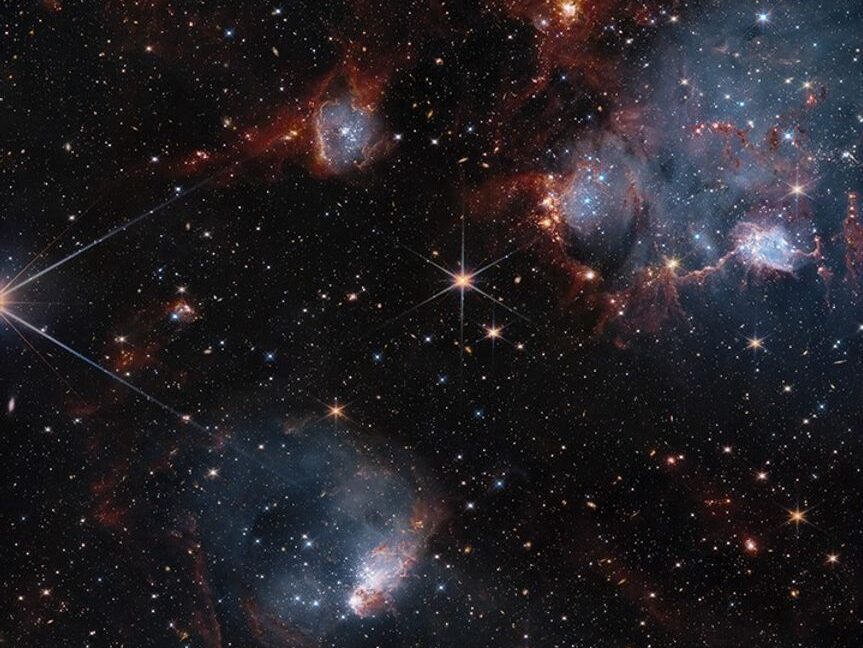#stellar-evolution
#stellar-evolution
[ follow ]
#astronomy #astrophysics #james-webb-space-telescope #supernova #planetary-nebulae #binary-stars #jwst #pulsar
fromBig Think
3 weeks agoAsk Ethan: How many generations of stars came before the Sun?
molecular gas clouds that are contracting and fragmenting, leading to protostars and young stellar objects, becoming full-fledged stars with protoplanetary disks around them, conventional stars burning through their fuel with their own fully-formed planetary systems, stars evolving into subgiants, giants, and even supergiants, stars dying in planetary nebulae, supernovae, and other life-ending events, and stellar remnants of now-extinct stars like white dwarfs, neutron stars, and black holes.
Science
fromwww.bostonherald.com
2 months agoScientists get a rare peek inside of an exploding star
Scientists for the first time have spotted the insides of a dying star as it exploded, offering a rare peek into stellar evolution. Stars can live for millions to trillions of years until they run out of fuel. The most massive ones go out with a bang in an explosion called a supernova. Using telescopes that peer deep into space, researchers have observed many such explosions. The cosmic outbursts tend to jumble up a dying star's layers, making it hard for scientists to observe the inner structure.
Science
[ Load more ]






